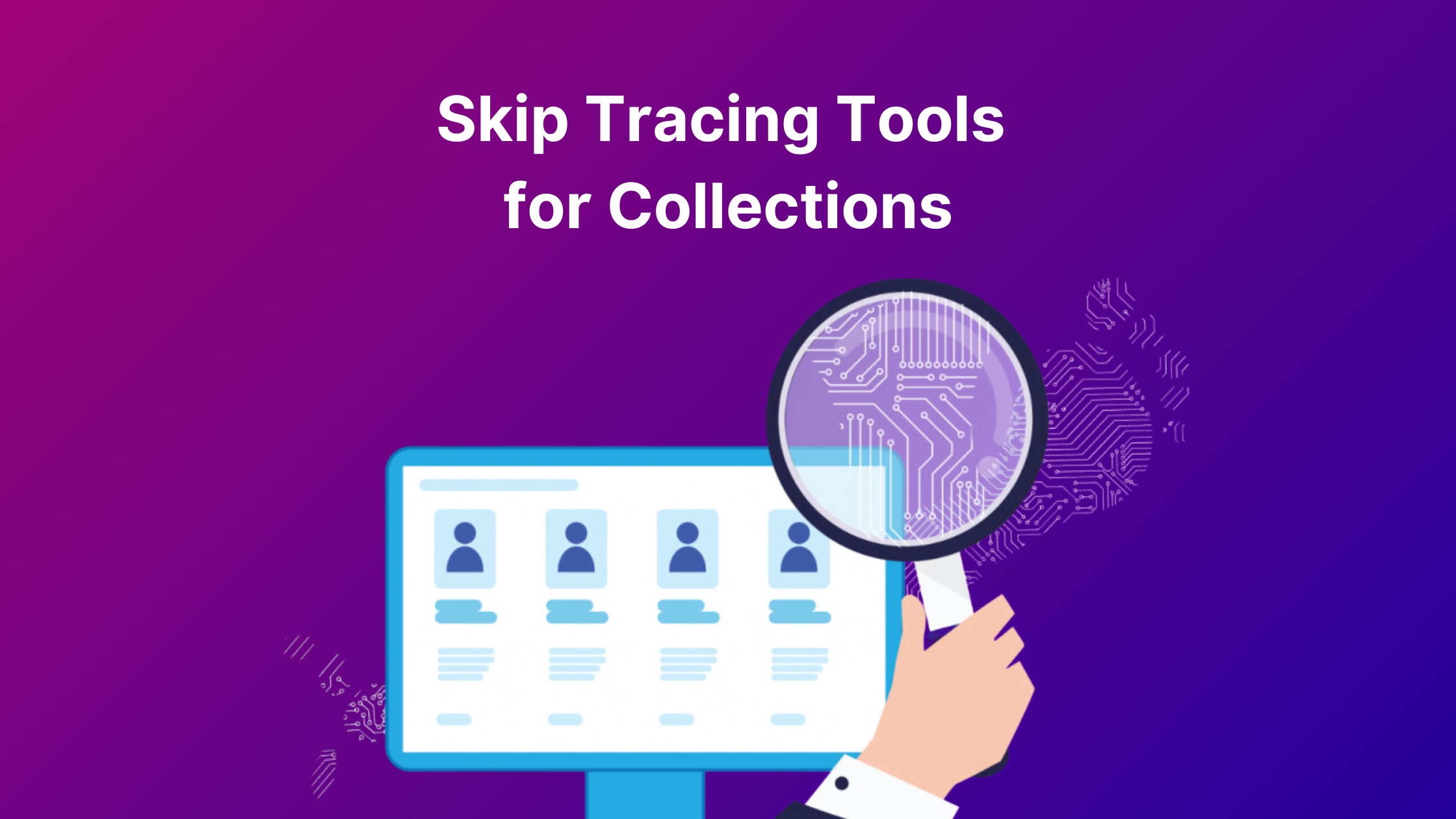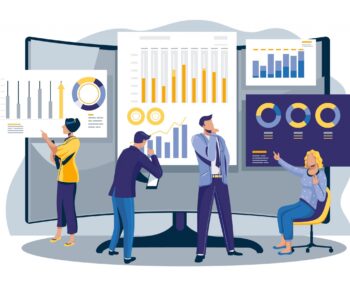Debt collections comprise a number of processes to collect overdue loan repayments from borrowers. These mechanisms can be lengthy and complex, especially when the borrower becomes inaccessible through the primary contact details. Banks and other financial institutions at times face a huge challenge in re-establishing contact, particularly with defaulting borrowers for loan accounts. Due to this gap, the recovery time also increases, leading to poor collection rates. This is where skip tracing tools become a crucial part of the debt collection processes, helping lenders establish a reconnect with the borrower. Typically, lending institutions have to devise methods that identify and record secondary contact points of the borrower.
The Importance of Skip Tracing Tools in Debt Collections
Skip tracing tools are crucial to ensure effective debt collections for a number of reasons.
Firstly, they help debt collectors reconnect with borrowers who have fallen behind on their payments to resolve the situation. Financial institutions need to contact overdue debtors to provide tailored repayment options and discuss debt settlement plans, and if necessary, take requisite legal actions.
Secondly, skip-tracing tools for collections are essential because they can help lenders prevent fraud. Some debtors may try to avoid genuine repayments by providing false information to lenders. Skip tracing can help verify the borrower’s identity and ensure the lender has established contact with the right person.
Thirdly, skip tracing tools boost efficiency by automating the search for debtors, saving time and resources that can be better spent on contacting them and negotiating settlements.
Skip Tracing Tools and Techniques for Effective Debt Recovery
Skip tracing tools typically include software capabilities that are designed to search through large volumes of publicly available data sources for relevant information on the borrowers. The techniques devised as a result include finding alternate phone numbers, email addresses, and physical addresses, other than confirming the borrower’s financial history and employment information. Some of the common skip-tracing tools and techniques for collections include:
1. Searching public records and personal information: Debt collection agencies may search public records, such as property details, legal documents, or voter registration details, to find information about the borrower’s current location and contact information. The borrowers’ PAN number and Aadhaar ID may also be used to gather more information. The borrowers’ employers can also be contacted, and secondary contact details, if any, can be obtained.
2. Contacting nominees and co-applicants: Lenders may reach out to the friends and family of the borrower if their details have been shared at the time of loan onboarding. This also includes reaching out to nominees and co-applicants appointed by the borrower in the loan account.
3. Digital footprint: Banks and other financial institutions may also use online platforms, such as social media, search engines, or online directories, to locate the debtor’s current location or contact information.
4. Databases and software: Lenders may use specialized databases and software solutions to locate the debtor’s current location or contact information. These tools may include skip tracing software, reverse phone number lookup tools, or address verification software.
It is important to note that even the best skip-tracing tools for collection are implemented within the confines of local law and regulatory guidelines. Lenders must respect the debtor’s privacy and rights, and at no point in the collections process should the lender adopt a coercive approach to recover the debt. An aggressive approach is likely to compromise the compliance protocol laid out by regulatory bodies, such as the Reserve Bank of India, in the Indian context.
Recommended Read: How Automation Can Maximize Loan Recovery
Benefits of Skip Tracing Tools for Collections
Improved Recoveries: Lenders are equipped with authenticated and relevant contact information of borrowers, enabling more effective communication. This leads to higher success rates in recovering outstanding debts.
Enhanced Organizational Effectiveness: By streamlining outreach efforts and providing greater control over agent activities, skip tracing tools enhance overall organizational efficiency. This ensures that collection processes are more organized and effective.
Streamlined Debt Recovery Efforts: With access to precise data, lenders can devise efficient contact strategies that optimize debt recovery efforts. This streamlined approach ensures that lenders focus on borrowers with the highest potential for repayment, making the recovery process more targeted and successful.
Lower Cost of Collections: The use of skip tracing tools makes recovery efforts more concerted and fruitful, reducing the overall cost of collections. By minimizing wasted efforts and maximizing successful recoveries, lenders can achieve their goals more cost-effectively.
Improved Lender-Borrower Relationships: Skip tracing tools help lenders re-establish connections with borrowers. By facilitating communication and understanding, these tools enable lenders to work collaboratively with borrowers.
In Conclusion
In the face of rising delinquencies, skip tracing will become an important mechanism for lenders to improve their collection rates. Lending institutions increasingly acknowledge the need to transition to digital channels for end-to-end collections processes, including skip tracing tools. Skip-tracing is becoming a digitized procedure as a significant step in recovering from at-risk or potentially delinquent loan accounts. Lenders who are able to adopt a digital approach in time to lower NPLs will be able to see the comprehensive results of digital skip tracing tools for collections.
Credgenics skip tracing solution empowers lenders to effortlessly identify and update borrowers’ contact details using advanced technology that ethically collates data from multiple sources. Streamline your debt recovery process with our digital-first, efficient, and privacy-compliant solution that ensures faster and more accurate outreach.
FAQs:
1. What are skip tracing tools in collections?
Skip tracing is a professional process of locating an overdue debtor who may have become untraceable after changing their location without updating the lender. When the debtor is unavailable at the primary contact details, debt collectors use methods, within the regulatory and legal framework, for reaching out to alternative or secondary contact points to locate the debtor. Skip tracing tools become crucial when lending institutions have to recover debt from borrowers but cannot establish contact using the provided details.
2. How accurate is skip tracing?
The accuracy of skip tracing depends on the sophistication and comprehensiveness of the tools used. Advanced and well-developed techniques are essential for accurate results. Relying solely on public records can be challenging due to the vast amount of data. Consequently, lenders are increasingly adopting digital channels that leverage data analytics to identify secondary contact points, improving accuracy and effectiveness.
3. Is skip tracing ethical?
The local regulatory authorities of each country lay out a framework within which lending institutions must operate to carry out skip tracing. In the Indian context, the Reserve Bank of India has laid out guidelines prohibiting coercion and prioritizing debtor privacy. These are necessary to ensure compliance, in addition to helping lenders establish a cordial, long-term relationship with the borrowers.





